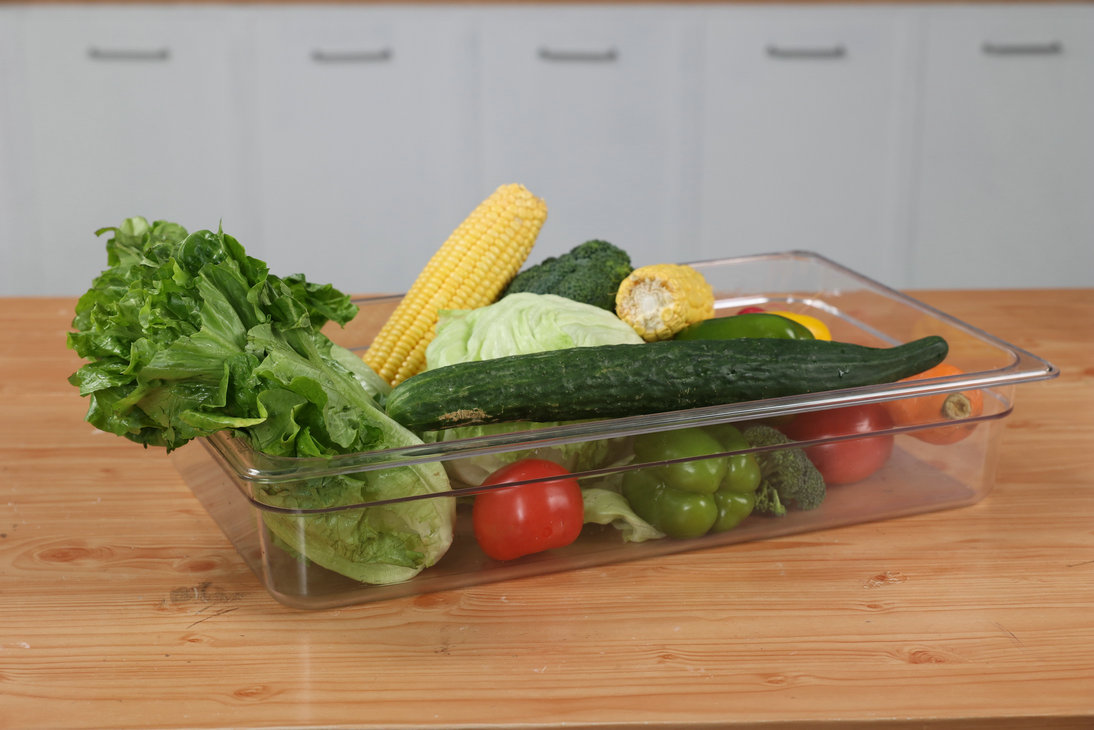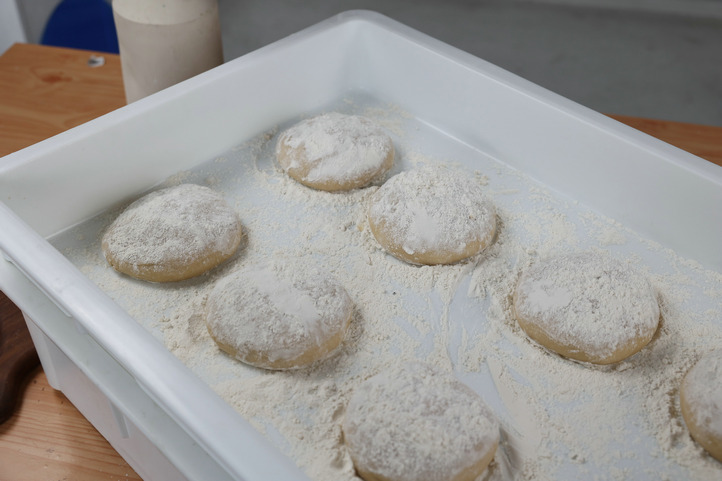When it comes to storing food, selecting the right type of container can make a huge difference in maintaining freshness, preventing waste, and ensuring food safety. Among the many options available—plastic, glass, stainless steel, and silicone—plastic food storage containers stand out for their versatility, convenience, and practicality. Let’s explore why plastic containers are often the best choice for storing food, whether at home or for commercial use.
1. Lightweight and Durable
One of the biggest advantages of plastic containers is their lightweight nature. Unlike glass or metal containers, plastic storage containers are easy to carry, making them ideal for both home and professional kitchens. Whether you’re packing lunch or organizing ingredients for a busy day in a restaurant, plastic containers are convenient and hassle-free.
Plastic is also extremely durable. It can withstand drops, knocks, and general wear and tear without breaking or denting, unlike glass containers that can shatter when dropped. This durability ensures that plastic containers can be used over and over again without quickly degrading, offering a long-term storage solution that is both cost-effective and practical.
2. Airtight Sealing for Maximum Freshness
Keeping food fresh is one of the primary concerns when storing it, and airtight seals are key. Many modern plastic containers come with tightly fitting lids that prevent air and moisture from entering, extending the freshness of food. This makes them ideal for storing everything from fruits and vegetables to prepared meals and leftovers.
Plastic containers with snap-on lids or screw-top designs create a secure seal that helps to prevent bacteria, moisture, and odors from spoiling the contents. By keeping out air and maintaining the right humidity levels, these containers are perfect for preserving food in the refrigerator, pantry, or even the freezer.
3. Variety of Sizes and Shapes
One of the great benefits of plastic food storage containers is their variety of sizes and shapes. Whether you need to store small amounts of herbs or large batches of soup, plastic containers come in every conceivable size. From stackable containers for easy organization to divided containers that allow for meal prepping, plastic offers unmatched versatility.
For commercial use, such as in restaurants or catering businesses, the ability to store large quantities of ingredients in stackable containers that take up minimal space is crucial. Plastic containers allow businesses to optimize their storage while keeping food fresh and accessible.
4. Microwave and Freezer Safe
Many plastic food storage containers are designed to be microwave and freezer-safe, making them ideal for meal prep and food storage alike. You can prepare food in advance, store it in the freezer, and then microwave it directly from the container without having to transfer it to a different dish. This saves time and reduces the number of dishes to clean, making plastic containers a highly convenient option.
Additionally, plastic containers are less prone to cracking in extreme temperatures, unlike some glass or ceramic containers. Their flexibility ensures that they won’t easily break when subjected to the cold temperatures of a freezer or the high heat of a microwave.
5. Cost-Effective Solution
Plastic containers are typically more affordable than glass or stainless steel alternatives, making them an economical choice for both personal and business use. Whether you’re buying in bulk for a restaurant or simply stocking up your kitchen at home, plastic containers offer excellent value for the price. Their durability ensures that they last longer than disposable containers, reducing the need for frequent replacements.
For businesses, particularly in the food industry, the ability to store large amounts of food efficiently without incurring high costs is essential. Plastic containers are affordable, durable, and come in bulk quantities, making them a smart choice for cost-conscious consumers.
6. Eco-Friendly Options
In recent years, manufacturers have responded to the growing demand for sustainable products by producing plastic containers made from recycled and biodegradable materials. Many plastic containers are now designed to be reusable and recyclable, contributing to a more eco-friendly approach to food storage.
While traditional plastic has received criticism for its environmental impact, the emergence of eco-friendly plastic containers gives consumers a responsible choice that doesn’t compromise on convenience or durability. By choosing containers made from recycled materials, businesses and individuals can reduce their carbon footprint while still benefiting from the versatility and practicality of plastic food storage.
7. Transparency for Easy Identification
Unlike opaque containers, transparent plastic containers allow users to easily see what’s inside without opening the lid. This is particularly helpful in busy kitchens, where quickly identifying ingredients is important for efficiency. Whether you’re storing ingredients in the fridge or pantry, the ability to visually identify food at a glance saves time and reduces the chance of spoilage due to forgotten items.
Conclusion
When it comes to selecting the best container for storing food, plastic food storage containers offer a perfect combination of durability, convenience, and affordability. They are lightweight, versatile, and come in various shapes and sizes, making them suitable for a wide range of food storage needs. Whether you’re a home cook looking for a simple storage solution or a business needing reliable and cost-effective options, plastic containers remain a top choice for keeping food fresh, organized, and accessible.




